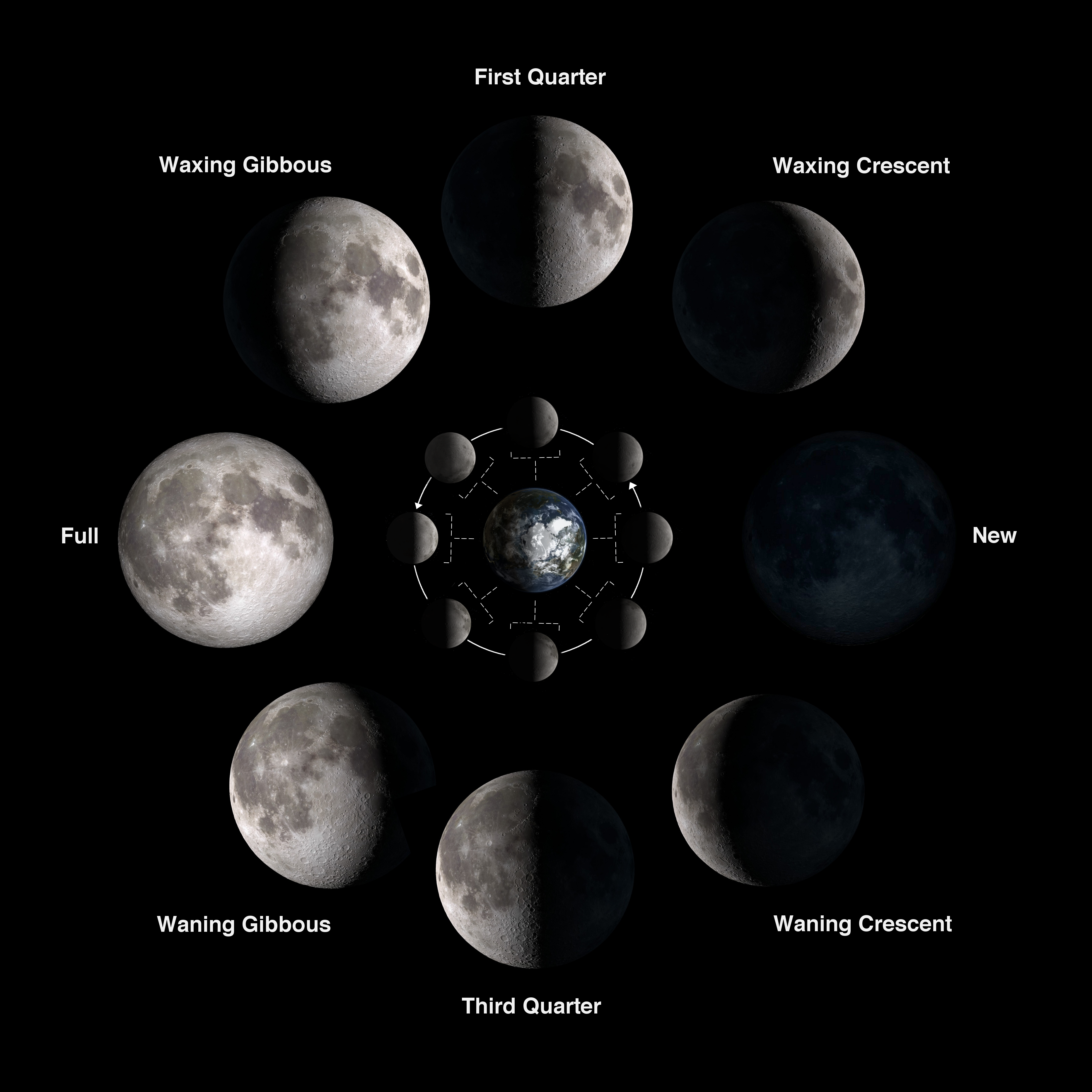Going Global: How to Manage International Media Relations (part A)
by
Charles Lamson
At the beginning of the age of exploration, there was a warning on early maps that guided navigators heading off to new worlds. Unknown portions of the oceans were marked, "Here there be monsters." Such "monsters" provided opportunities for learning, adventure and heroes. That certainly is true today for media relations specialists whose company or clients are expanding around the world. The opportunities are great, but so too is the risk of failure. There can be trouble if you are not sensitive to local conditions, willing to ask advice and eager to learn. Robert L. Wakefield, an expert on cross-cultural issues, warned: "PR agencies frequently convert inexperienced managers into global executives simply because they handled a domestic account that now is going global. Beyond this, too often we in the U.S. look at our borders and see mirrors instead of windows."
 |
It takes savvy and sensitivity to succeed. Yet many firms---not only giant corporations but also smaller businesses---are adapting to become global enterprises because of the huge opportunities for increased sales and profits in new markets and the cost-savings inherent in sharing resources worldwide. If your company or client is going global, you have expanded opportunities to make unique contributions on a larger scale than ever before. Media relations professionals can be vital resources in efforts to enter new markets; establish corporate reputation and brand identity; launch new products; and employees, suppliers and other opinion leaders. Key to being successful in each new market is finding the right balance between universal interests and local customs, taking advantage of global scale while also adapting to local conditions. "One size fits all" does not work.
Even the much heralded European Community did not result in one homogenized market. Nor did the introduction of the euro automatically eliminate cultural differences. Europeans have sharply contrasting outlooks, tastes and resources. More than 450 million people in 25 countries---yes, they have common interests but they also have distinct individual identities. The Dutch will remain Dutch. The French will remain French. And the Germans will remain German.
Being Sensitive to Other Cultures
In fact, as trade barriers come down sometimes sensitivities go up. Witness ongoing conflict relating to the North American Free Trade Agreement about which countries are losing or gaining jobs. That is what makes going global so interesting---and doing business in international markets so dangerous if you do not keep your cross-cultural wits about you. In his book 7 Secrets of Marketing in a Multi-Cultural World, G. Clotaire Rapaille says the key to marketing globally is understanding how cultures live and function. Every culture views the world from its own unique perspective.

Even little things can mean a great deal. For example, entertaining effectively often is very important to doing business successfully. In China, there is no such thing as "fashionably late." In all of Asia especially and also in other countries, protocol must be observed at banquets because rank and status are serious matters. Seating arrangements and who is at or near the head table can be major issues. Huge partnerships have gone bad because North American executives who did not understand local customs and courtesies committed seemingly small faux pas that cost their companies millions of dollars in lost deals and opportunities. And what about Euro Disney refusing to serve wine in the new park outside Paris until customer animosity and and staff defections forced them to "do it the French way"?
It is not a superficial shift. It is not business as usual. It is a major strategic refocus. As a result, media relations professionals have new opportunities to broaden our perspectives and learn a great deal about cultures and traditions other than our own. With the technological advances of the Internet, email, faxes, voice mail, satellite hookups and global networks, you can brainstorm magazine publicity strategy in Sydney and organize a news conference in Stockholm while still keeping up with the work in your home office.
*SOURCE: ON DEADLINE: MANAGING MEDIA RELATIONS 4TH ED., CAROLE M. HOWARD AND WILMA K. MATHEWS, PGS. 153-155*
END
|










